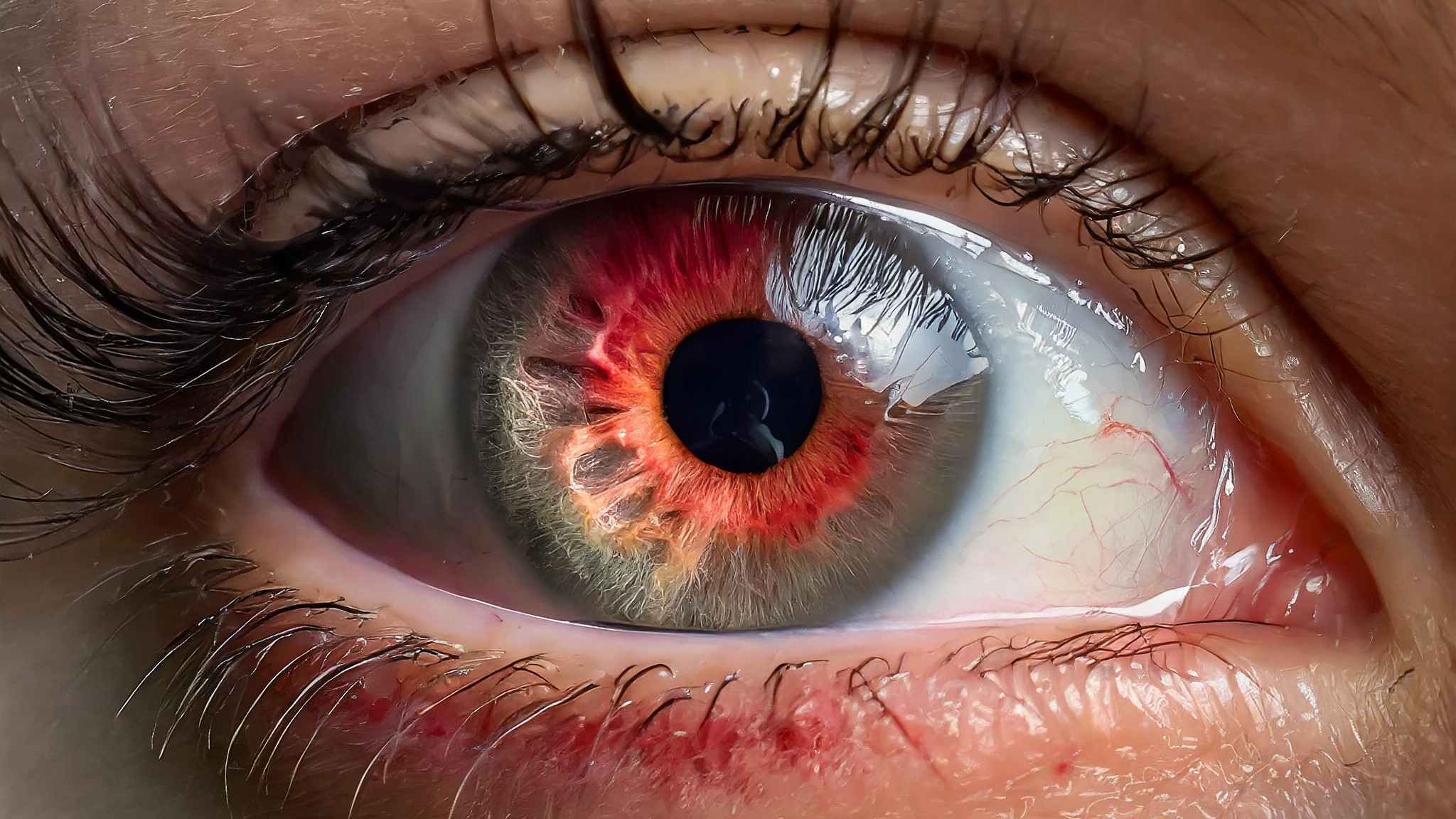The eye, referred to as the primary provider of vision, appears simple in its external structure. However, internally, it has a complex structure or framework inside. Being sensitive, the eye is susceptible to various infections. Among these, conjunctivitis is seen more often. Conjunctivitis, also called pink eye, is an infection of the conjunctiva, the skinny, transparent layer protecting the white part of the eye and the internal surface of the eyelids. Conjunctivitis is caused by bacterial or viral infection. conjunctivitis can lead to several problems, mainly discomfort, redness, and in a few people, severe infection if left untreated.
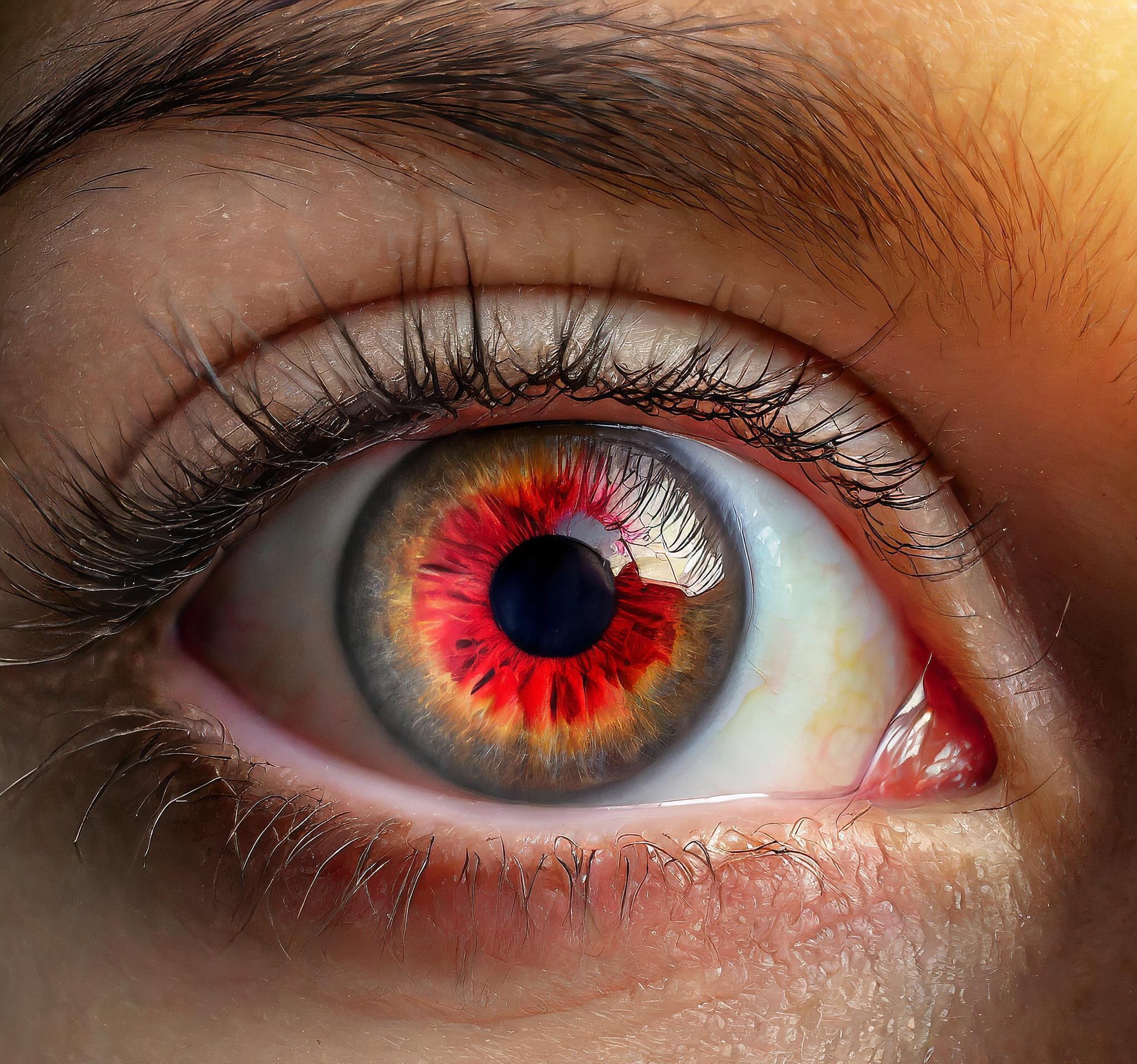
What are the causes of conjunctivitis?
Conjunctivitis can occur due to a few factors such as viruses, bacteria, allergies, irritants, etc. The most common causes of conjunctivitis include:
Virus:
Viruses such as adenovirus, herpes simplex virus, and others can cause viral conjunctivitis. This is highly spreading in nature and frequently occurs along with colds and respiratory infections.
Bacteria:
Bacterial infections because of pathogens like Staphylococcus aureus, Streptococcus pneumoniae, or Haemophilus influenzae can result in bacterial conjunctivitis. It spreads easily by direct contact with an infected person and can lead to serious complications if not treated early.
Allergies:
Allergens such as pollen, mites, puppy dandruff, and certain chemicals can cause allergic reactions inside the eyes, mainly to allergic conjunctivitis. It also may lead to itching in the eye and a watery discharge.
Irritants:
Exposure to irritants like smoke, chemical compounds in pools, air pollution, and fumes, can cause inflammation of the conjunctiva, resulting in irritant conjunctivitis. It usually resolves as soon as the irritant is eliminated.
Contact Lens:
Improper use of contact lenses by poor hygiene maintenance of contact lenses can also cause conjunctivitis.
In newborns:
Conjunctivitis is seen in newborns if the mother has sexually transmitted infections such as chlamydia and gonorrhea. It can also lead to further complications such as loss of vision if not treated early.
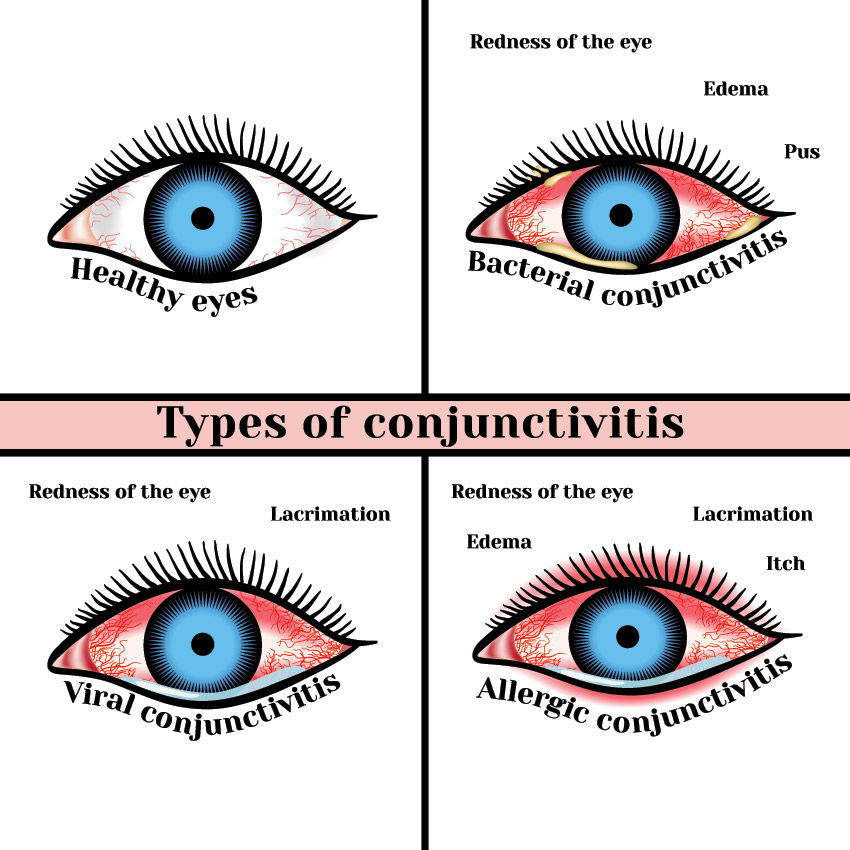
What are the signs & symptoms of Conjunctivitis?
The signs and symptoms of conjunctivitis can vary from person to person based on the severity of the infection. A few of the common causes include:
Redness:
Red or pinkish eyes are seen in people with conjunctivitis due to the inflamed blood vessels present in the conjunctiva.
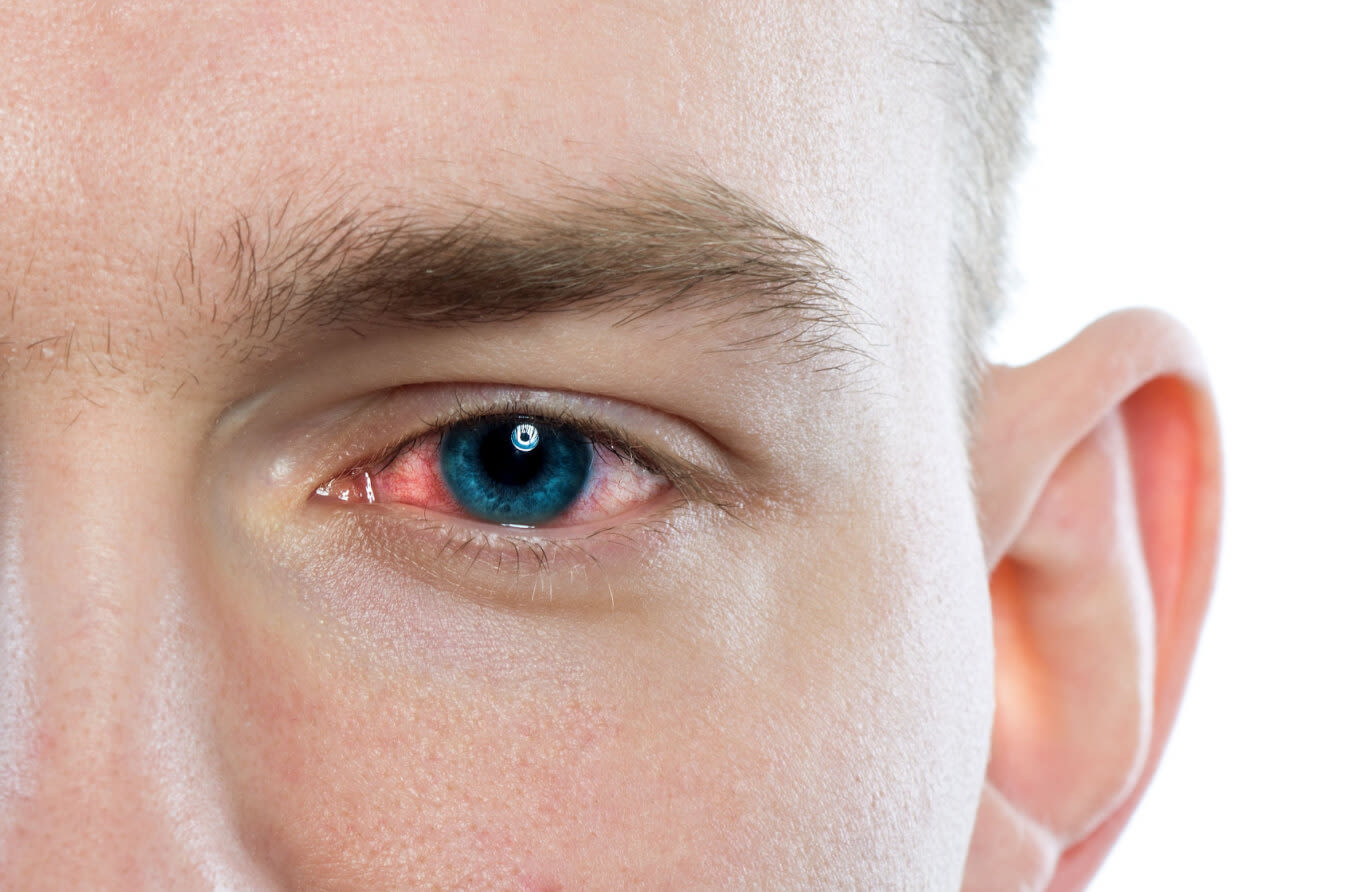
Watery or Mucous Discharge:
A thicker, yellow, or greenish watery discharge is seen due to the presence of bacteria, viruses, or any other irritants.
Itching:
A few types of conjunctivitis such as allergic conjunctivitis cause itching in the eye due to prolonged irritation.
Light sensitivity:
The condition such as light sensitivity(irritation in the eyes due to the light focus) is seen mostly due to viral or allergic conjunctivitis. Photophobia, or sensitivity to light, can occur, mainly due to viral or allergic conjunctivitis.
People also may expect stickiness in their eyes in the early mornings due to bacterial conjunctivitis.
Swelling of the Eyelids:
People with conjunctivitis also experience swelling of the eyelids making them hard to open or close due to the inflammation of the conjunctiva.
Diagnosis and treatment procedure for conjunctivitis:
Diagnosing conjunctivitis normally involves a perfect eye examination by an eye specialist. In some cases, tests consisting of swabs of the eye discharge can be collected and tested to determine the cause of infection, mostly in case of bacterial or viral infection.
The treatment procedure for conjunctivitis depends upon the cause and severity of infection:
For Viral conjunctivitis resolves on its own within a few weeks, eye drops are prescribed by the ophthalmologist based on the severity of infection. Bacterial conjunctivitis is treated by a series of medications such as antibiotics, ointments, and eye drops. For allergic conjunctivitis, the doctor may provide you with eye drops containing antihistamines or anti-inflammatory drugs such as steroids. Based on the type of conjunctivitis the doctor will help you with the medication.
Along with medication conjunctivitis can also be treated with home remedies if the severity is less. But you need to keep in mind that these natural treatment methods may or may not be suitable for every individual. Make sure to understand your eye health before following any home treatment methods. The natural treatment methods include:
1)Warm compresses:
Using a clean soaked cloth and warm water for a warm compress on the infected eye can provide relaxation and reduce the swelling in the eye.
2) A cold compress:
Applying a cold compress with an ice pack wrapped in a clean cloth can also help in relieving infection and irritation caused due to conjunctivitis.
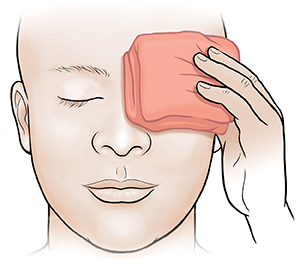
3)Saline solution:
Rinsing the infected eyes with distilled water or a saline solution containing water(mix water with saline eye drops) can help flush out the irritants and reduce the infection severity.
4)Chilled tea bags:
Using chilled tea bags can also help in reducing inflammation. Place a cool tea bag on the eyelid and let it soothe your eye for a few minutes for relaxation and avoid irritation.
Conjunctivitis although commonly seen understanding its management tips can best help in reducing the pain or inflammation caused due to conjunctivitis. Do consult with your doctor if the infection severity is higher to avoid any further complications.
